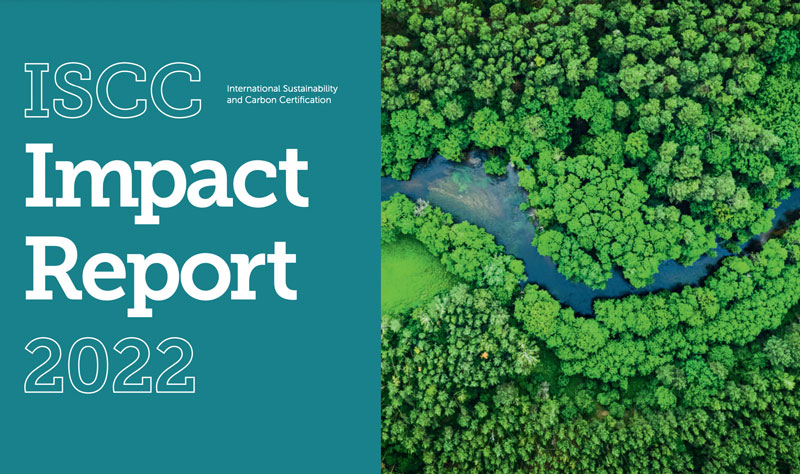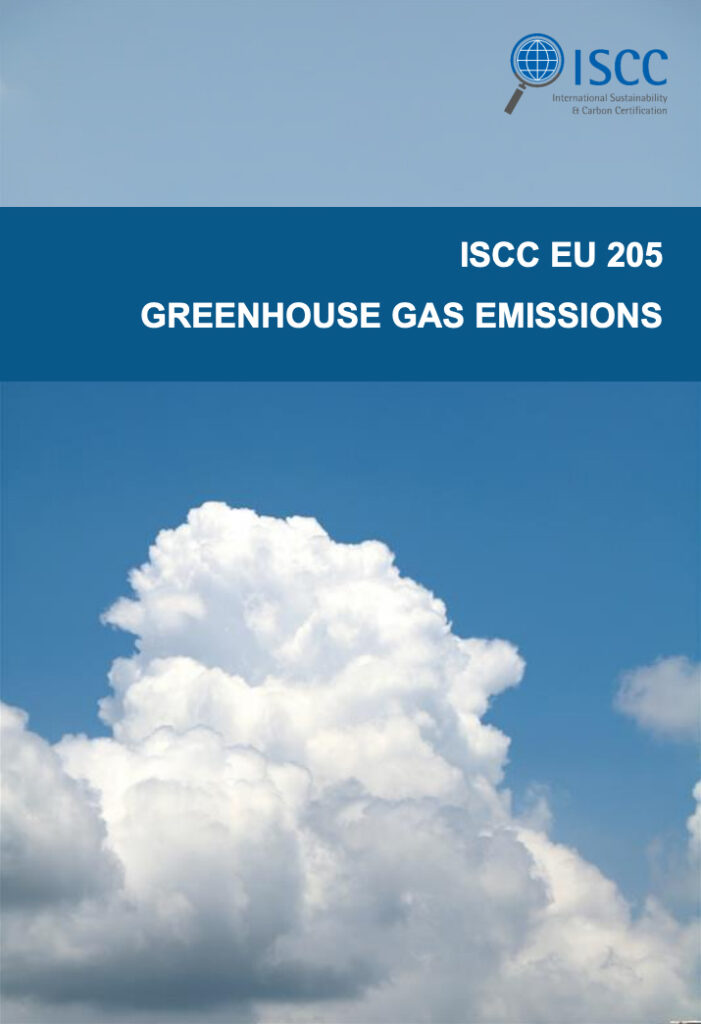GHG Emissions Calculations
The Reason
The emission of greenhouse gases by mankind in the last centuries has brought about the current climate crisis and the total emissions continue to increase day by day. In order to achieve the goal of the Paris Climate Agreement – to reduce the concentration of carbon dioxide in the atmosphere in order to limit global warming to less than 2° Celsius above pre-industrial level – drastic changes in our production processes and consumption habits are required.
The Action
Stabilising the earth’s temperature and limiting global warming to well below two degrees requires GHG emissions to reach net zero by 2050. This means transitioning to renewable energy, changing our transportation methods and fuels, using regenerative agriculture and creating a circular, bio-based economy. All of this must happen fast and at scale, we need operators, governments and individuals to act in conjunction to reach this crucial objective.
ISCC’s Work
As a leading system for greenhouse gas calculations, ISCC supports companies in providing the necessary tools for GHG emission calculation that are required to achieve the mandatory and voluntary targets of GHG emission reductions.

Under ISCC EU certification GHG emission calculations are mandatory.

Under ISCC plus GHG emission calculations are voluntary, and can be made by applying the Add on “205-1”.

Under ISCC CORSIA certification GHG emission calculations are mandatory.
Values in GHG Calculation
Since 2010, legislation in the European market (today via the RED II) dictates a mandatory GHG methodology and GHG reduction targets for biofuels. Over the years, GHG calculation methodologies have been improved and became more widespread, while different accounting methods are still available. More and more companies choose to calculate actual values for their industry processes that are verified by ISCC auditors during the certification audits, increasing their sustainability efforts. For this reason, the information on GHG savings is becoming increasingly precise over time since actual values are based on real processes that take place at the certified entity. The calculation of actual values also creates additional incentives to further reduce GHG emissions since those improvements have an immediate impact on the measurable environmental performance of a market operator.
Carbon Capture
To meet global GHG reductions goals, we must go beyond reduction and work to capture and store / utilize carbon already in the atmosphere into stable forms. If done correctly, this can even improve productivity of many sectors.
ISCC works with projects focusing on regenerative agriculture, storing it into soils and making farms more resilient to climate change while at the same time helping to combat it. ISCC has also certified biofuel production processes that capture emissions that would otherwise be released into the atmosphere.
ISCC Academy
ISCC Greenhouse Gas (GHG) Training
The training is hold multiple times during the year and covers the methodological requirements for GHG calculations and verifications along the supply chain and provides practical examples of calculations and audits of calculators.
16 – 17 October 2024
Further Information
ISCC EU 205 – Greenhouse Gas Emissions
The purpose of the document “Greenhouse Gas Emissions” is to explain the options for stating greenhouse gas (GHG) emission values along the supply chain and to provide the methodology, rules and guidelines for calculating and verifying GHG emissions and emission reductions.
Our Sister Companies
With a long track record of projects, MEO is a stablished and recognised group of specialists that provides solutions for market & neutrality strategy, carbon footprint improvement, sustainable development solutions, supply chain due diligence.
ClimatePal provides agile, digital, efficient, and reliable registration and certification processes for high-quality carbon credits. With strict adherence to the most sophisticated and widely recognized set of quality criteria and protocols, it brings more than GHG mitigation, promoting co-benefits of carbon credit projects: enhancement of biodiversity, provision of ecosystem services, positive social impact, and contribution to SDGs.




